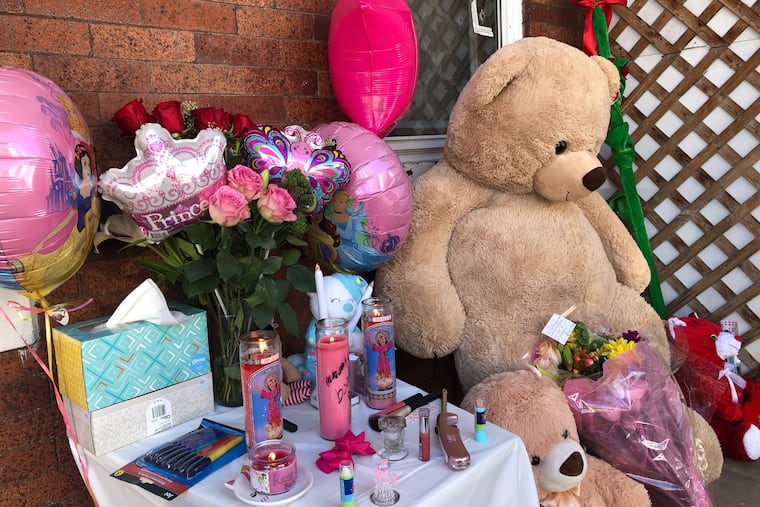Philly’s weekend shootings show a tragic reality: The littlest victims suffer most
Smaller gunshot patients are more likely to die of blood loss, trauma surgeons say.

Among the grim principles at play on a trauma surgeon’s operating table, few are grimmer than this one: Size matters.
Proportionally speaking, bullets do more damage to the bodies of small children, such as the 2-year-old girl and the 11-month-old boy who were shot in Philadelphia over the weekend. Their wounds are harder to repair. As a result, younger victims are more likely than older patients to die.
A key reason is blood loss, because small children have less blood to lose, said Jeffrey Campbell, a pediatric neurosurgeon at Nemours/Alfred I. duPont Hospital for Children in Wilmington.
“You’re much more likely to lose enough blood for it to be fatal as a young child,” Campbell said.
That’s especially true with high-velocity rifle rounds such as the one that struck 2-year-old Nikolette Rivera, who died from her injuries Sunday inside her home in Kensington. Rifle rounds can travel at several times the speed of sound, carrying more energy — and spreading damage over a greater area.
Surgeons look for “anatomical signposts” to guide them when racing to save a patient’s life — such as muscles, nerves, and blood vessels, said Michael Dewan, chief fellow for pediatric neurosurgery at the Hospital for Sick Children in Toronto. But when the victim is small, these landmarks are more difficult to identify, he said.
“Everything’s been kind of disrupted,” Dewan said.
The 11-month-old boy, who was struck four times with 9-millimeter rounds, was listed in critical condition at St. Christopher’s Hospital for Children, Philadelphia police said at a news conference Monday.
The bullets traveled through the trunk of a car in which the boy was a passenger, striking him once in the head, once in the neck, and twice in the buttocks, police said. If he survives his injuries, he is likely to be paralyzed, Capt. Nicholas Brown of East Detectives said.
While trauma surgeons and nurses are trained to cope with tragedy, treating a pediatric gunshot victim is especially challenging, Campbell said.
“It contributes to the sort of burnout that you see in medicine, both among physicians and among nurses who have to deal with such acute tragedy,” he said.
The exact number of child gunshot victims each year in the United States is unknown, as the federal government does not track it. But the total is estimated to be well into the thousands, according to estimates by the U.S. Centers for Disease Control and Prevention.
Philadelphia, on the other hand, records extensive data on every shooting. In 2018, 115 shooting victims in the city were under 18. Eight of them were 12 or younger. This year, counting the two victims from the weekend, at least four children under 13 have been hit.